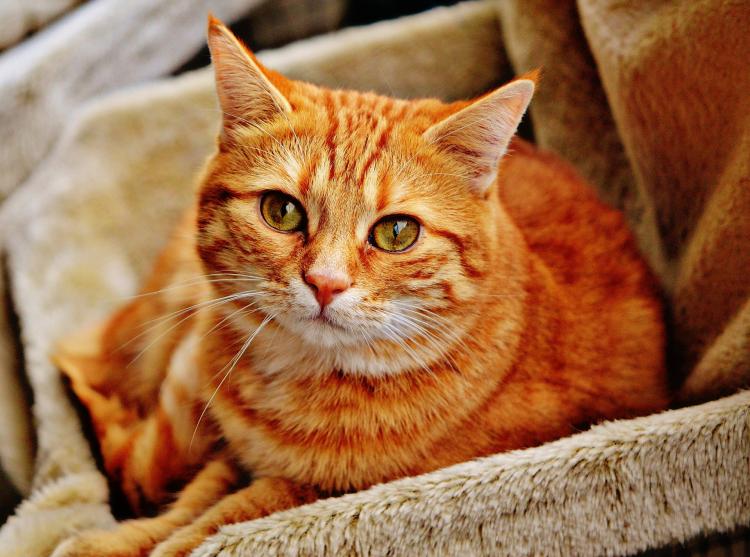
Should I Wash My Cat?
Whether you're a new cat owner or have been the proud owner to a fur baby for some time now, there's one thing that all cat owners...
05 January 2018
Read More
So you think your indoor cat can’t get fleas?
Your cat never goes outside, so surely it’s not at any risk of catching fleas? Sadly that’s not the case; although indoor cats are at lower risk of getting fleas (as well as other nasties like ticks and worms), they can still get them.
How do fleas reach your indoor cat?
Almost any living creature or inanimate object can bring a flea into your home. Other pets such as dogs are obvious culprits, but fleas can also jump onto your clothes, shoes and bags and be inadvertently carried indoors that way.
If you’re unlucky enough to get a rodent infestation, this may also cause a flea problem .
Once the fleas are inside your home, they lose no time seeking a host to live on and feed from. They might then live on your cat for a couple of weeks or even up to several months.

How to protect your indoor cat from fleas
Unless your home is hermetically sealed, there’s no way to be completely sure fleas won’t get in. But you can protect your cat with a preventative flea treatment. “Spot on” treatments contain a spreading agent to ensure the treatment covers the whole body, combined with an insecticide to kill any fleas that try to make their home on your cat.
Apply it to the back of the head or neck – basically, the only place where your cat can’t immediately lick it off! You will have to part the fur to make sure you’re putting the applicator directly on the skin. If you’re in the habit of bathing your cat, don’t do this for a couple of days after the treatment, but normal brushing and combing is fine.
The spot-on treatment you use will have instructions for how often to re-apply it. If you follow these, your cat should be protected with an anti-flea barrier at all times.
Non-insecticide options
Some owners choose not to use flea-control products. Since your indoor cat is at lower risk of catching fleas than an outdoor cat, you may find that your cat (and home) remain flea-free without any insecticide applications. Check your cat every day for fleas – combing is a great opportunity to check the coat and the fluff that comes off it for any tell-tale specks.
Frequent vacuuming (of upholstery as well as carpets) can also disrupt the flea life-cycle and keep them at bay. But if you do get a flea infestation, don’t take it as a judgment on your housekeeping skills; fleas like a clean home just as much as a dirty one! If your indoor cat does start showing signs of a flea problem, take a trip to the vet for treatment and advice.

Whether you're a new cat owner or have been the proud owner to a fur baby for some time now, there's one thing that all cat owners...
05 January 2018
Read More
Here at PetDialog, we’ve noticed an increasingly common problem amongst UK cat owners: other people feeding your felines. Al...
05 January 2018
Read More
At PetDialog.co.uk we are frequently asked whether or not you should give your cats milk. It has always been seen as the go-to...
12 September 2017
Read More